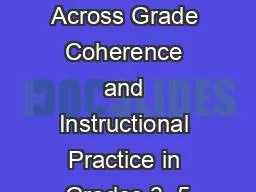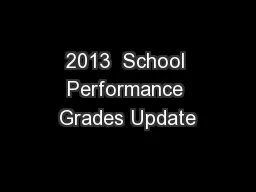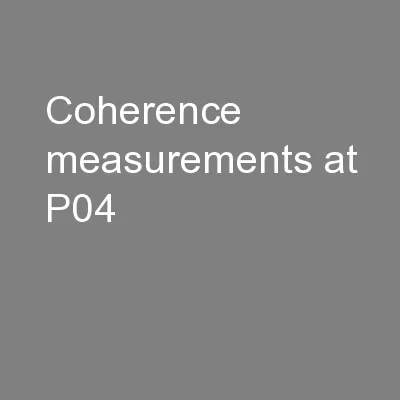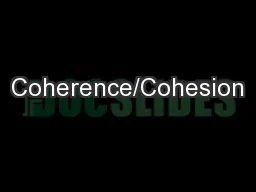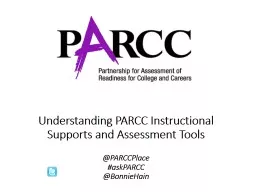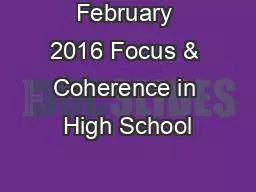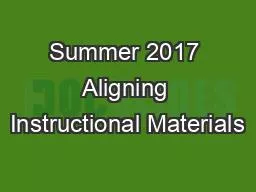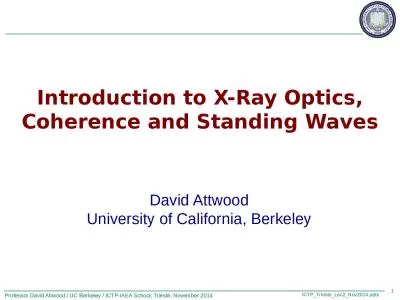PPT-July 2018 Across Grade Coherence and Instructional Practice in Grades 3–5
Author : altigan | Published Date : 2020-06-22
1 ACROSS GRADE COHERENCE IN GRADES 35 Welcome Back 2 ACROSS GRADE COHERENCE IN GRADES 35 Thank You for Your Feedback 3 Take responsibility for yourself as a
Presentation Embed Code
Download Presentation
Download Presentation The PPT/PDF document "July 2018 Across Grade Coherence and Ins..." is the property of its rightful owner. Permission is granted to download and print the materials on this website for personal, non-commercial use only, and to display it on your personal computer provided you do not modify the materials and that you retain all copyright notices contained in the materials. By downloading content from our website, you accept the terms of this agreement.
July 2018 Across Grade Coherence and Instructional Practice in Grades 3–5: Transcript
Download Rules Of Document
"July 2018 Across Grade Coherence and Instructional Practice in Grades 3–5"The content belongs to its owner. You may download and print it for personal use, without modification, and keep all copyright notices. By downloading, you agree to these terms.
Related Documents

